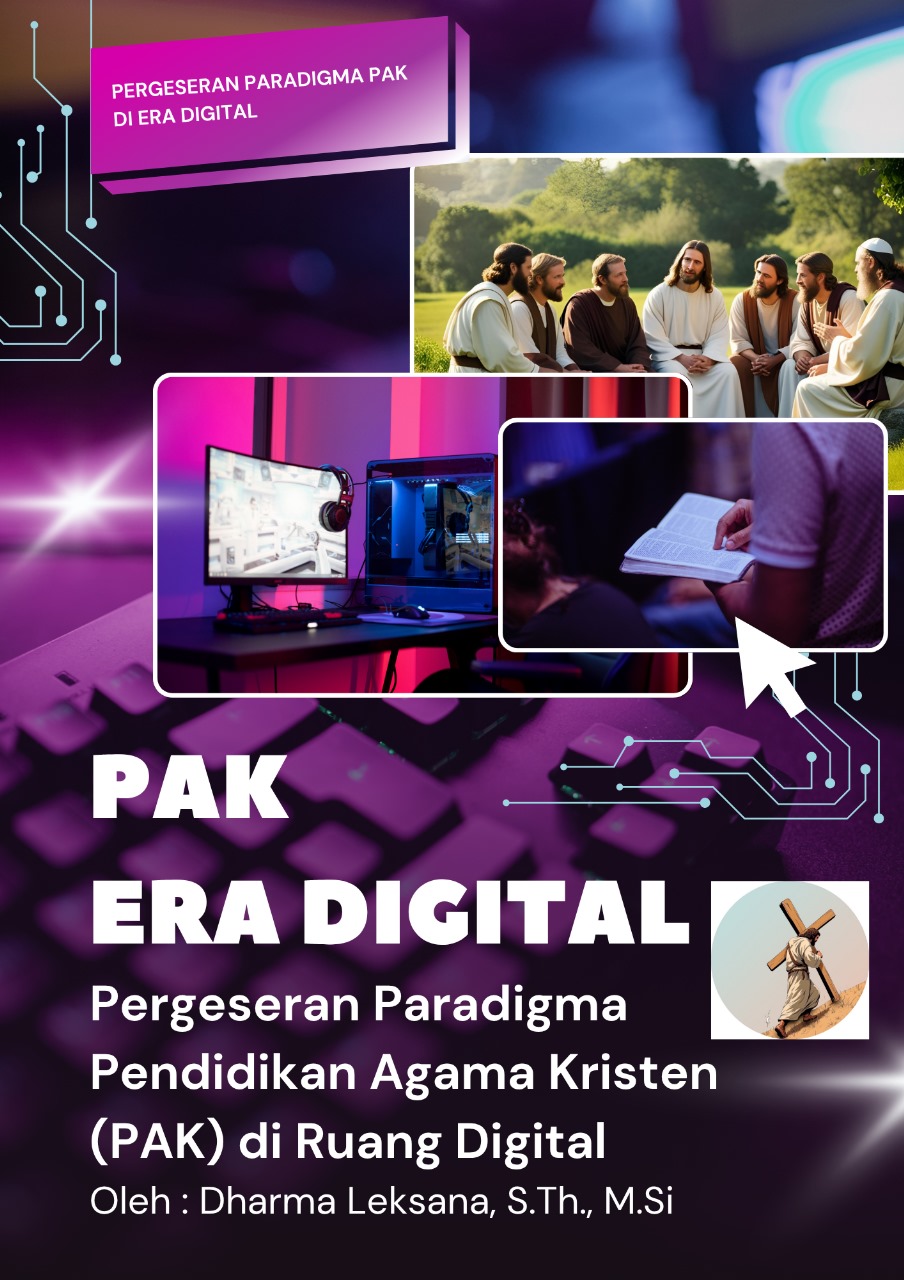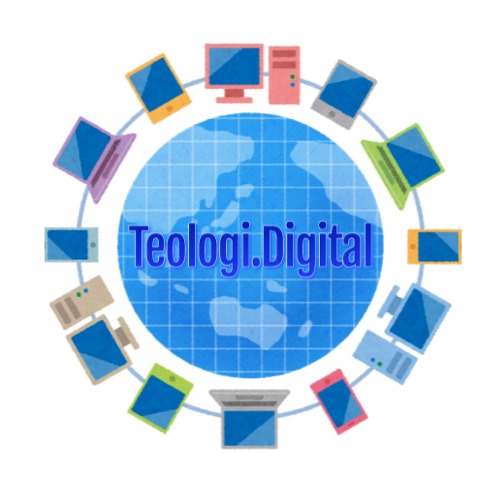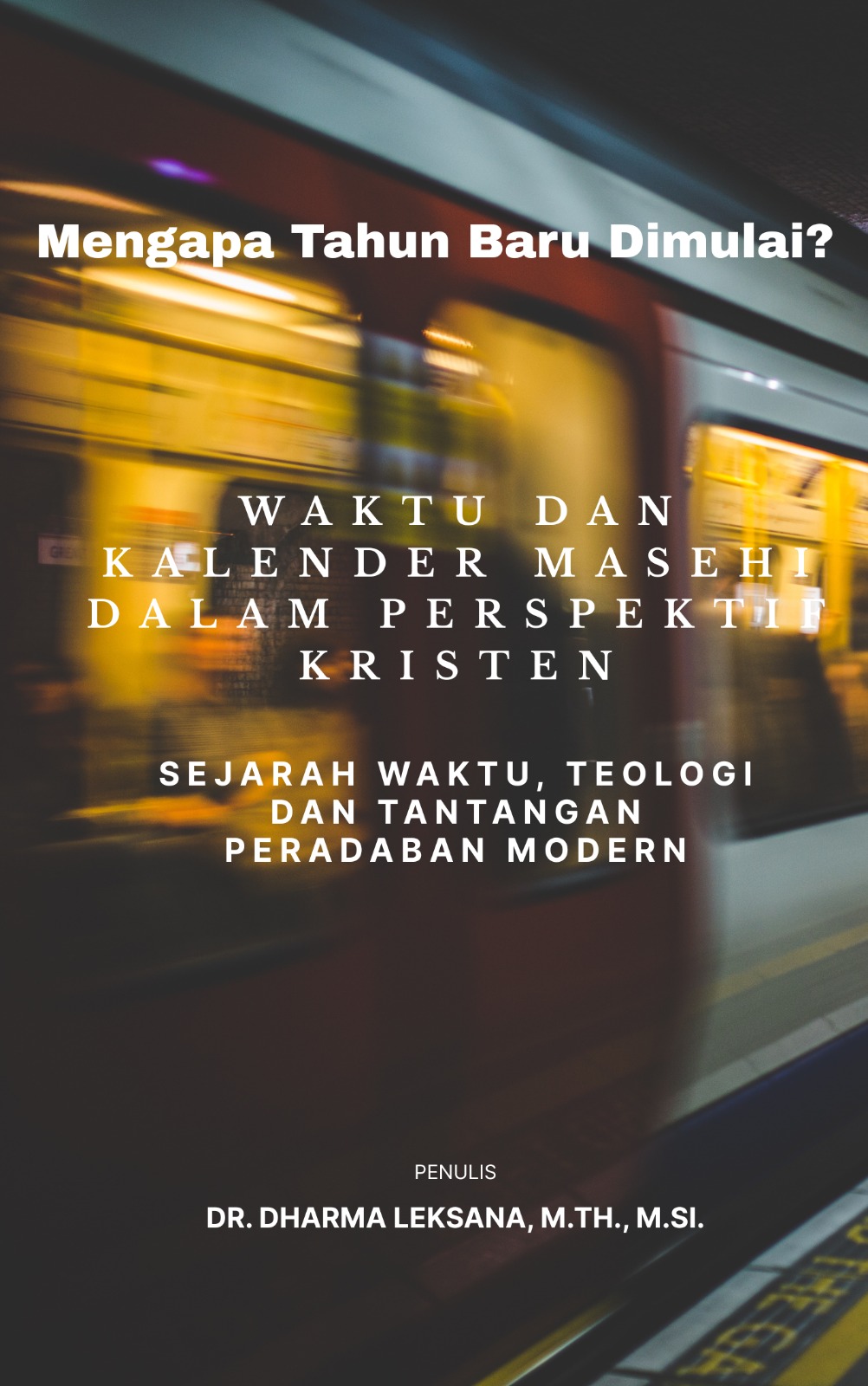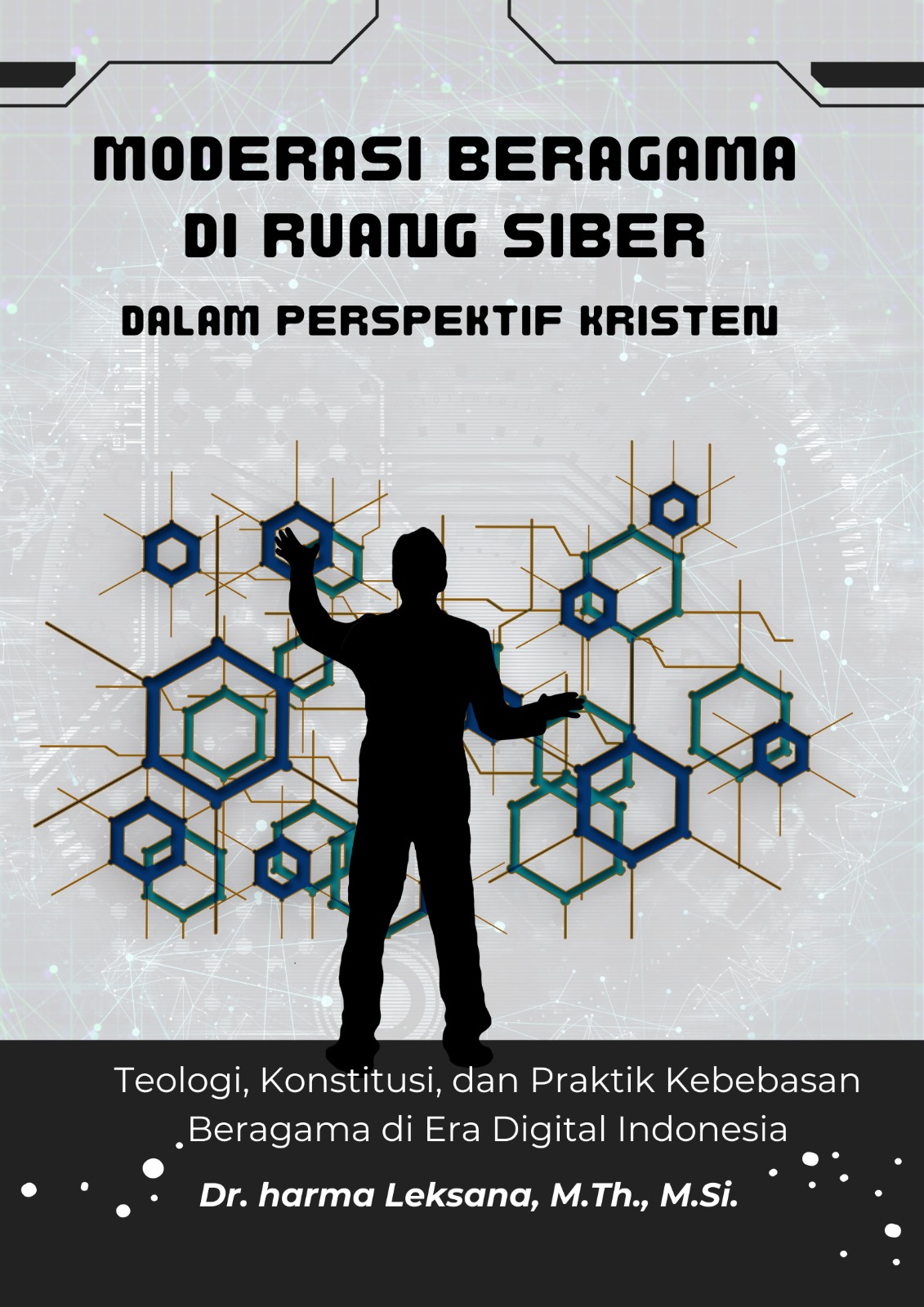Review: “Paradigm Shift in Christian Religious Education (CRE) in the Digital Sphere: A Theological, Historical, and Strategic Review”

Teologi.digital – Jakarta, This academic article, authored by Dharma Leksana, S.Th., M.Si., offers a comprehensive examination of the evolving landscape of Christian Religious Education (PAK – Pendidikan Agama Kristen) in the digital era. The author meticulously analyzes the theological, historical, and strategic implications of this shift, providing valuable insights for educators, church leaders, and families.
The article commences by highlighting the profound impact of the digital age and the 4.0 Industrial Revolution on all facets of human life, including education. It argues that this new civilization, characterized by digitalization, transparency, and rapid information access, presents both unprecedented challenges and unique opportunities for CRE. The author asserts that CRE plays a crucial role in a disruptive civilization by guiding individuals to possess strong faith, true knowledge of God, and live according to Christ’s teachings. Furthermore, CRE is expected to act as a counterbalance and guide amidst the massive flow of information, mitigating negative digital influences such as misinformation, digital distractions, and potential moral decline. The adaptation of CRE to the digital era is not merely an option but a fundamental necessity for its survival and effectiveness.
The paper then delves into the foundational concepts and objectives of CRE, defining it as a deliberate and planned effort to introduce and develop an understanding of the Christian faith in individuals, primarily through the three pillars of family, church, and school. Its main objective is to guide individuals toward a solid faith, accurate knowledge of God, and a life aligned with Christ’s teachings in all aspects. The theological foundation of CRE is firmly rooted in the Bible, serving as the primary source for Christian teaching and spiritual development. The Great Commission (Matthew 28:19-20) is presented as the core mission of Christian education. The author also incorporates the views of prominent figures in Christian history, such as Augustine, Robert Raikes, E.G. Homrighausen, Martin Luther, and John Calvin, demonstrating a consistent underlying goal of holistic formation in faith, character, and knowledge of God across different eras.
A significant portion of the article is dedicated to the historical trajectory of CRE pedagogy, illustrating its continuous adaptation to social, cultural, and technological contexts. From oral traditions in the Old and New Testaments to symbolic methods in the Middle Ages, emphasis on literacy during the Reformation, structured approaches in the modern era, and current digital adaptation, the article clearly shows that CRE has always been dynamic in its practice while maintaining its theological core.
The core of the “paradigm shift” is thoroughly explored, highlighting both the major challenges and new opportunities presented by the digital era. Challenges include the spread of inaccurate information, digital distractions, the digital gap between “digital immigrants” and “digital natives,” shifts in learning patterns leading to potential individualism, moral degradation, and the demand for enhanced teacher competency. Conversely, opportunities abound in wider access to information and learning resources, interactive and engaging learning methods, the formation of virtual communities, personalized learning, and increased quality and efficiency of CRE. The author effectively portrays digitalization as a “double-edged sword” and emphasizes the need for a proactive and strategic approach from CRE, viewing digital spaces as new mission fields and pedagogical mediums.
Finally, the article proposes effective strategies for CRE in the digital sphere, emphasizing a holistic approach that combines traditional face-to-face learning with online learning, alongside a strong emphasis on meaningful social interaction and robust character building. Crucially, it stresses the indispensable synergy and collaboration among the three main pillars of CRE: family, church, and school. Specific strategies for families are detailed, including role model parenting, family worship, wise use of digital ministry, participatory models involving children in service, relational models for strong bonds, and experiential learning.
Overall, this article is a well-structured and insightful piece that successfully navigates a complex and highly relevant topic. Dharma Leksana’s work is valuable for its thorough historical overview, balanced assessment of digital challenges and opportunities, and practical strategies for adapting CRE to the contemporary digital world. The emphasis on maintaining theological integrity while embracing new methodologies provides a solid framework for future development in the field.
(Oleh : Mas Dharma EL./Ketua Umum Perkumpulan Wartawan Gereja Indonesia – PWGI)




